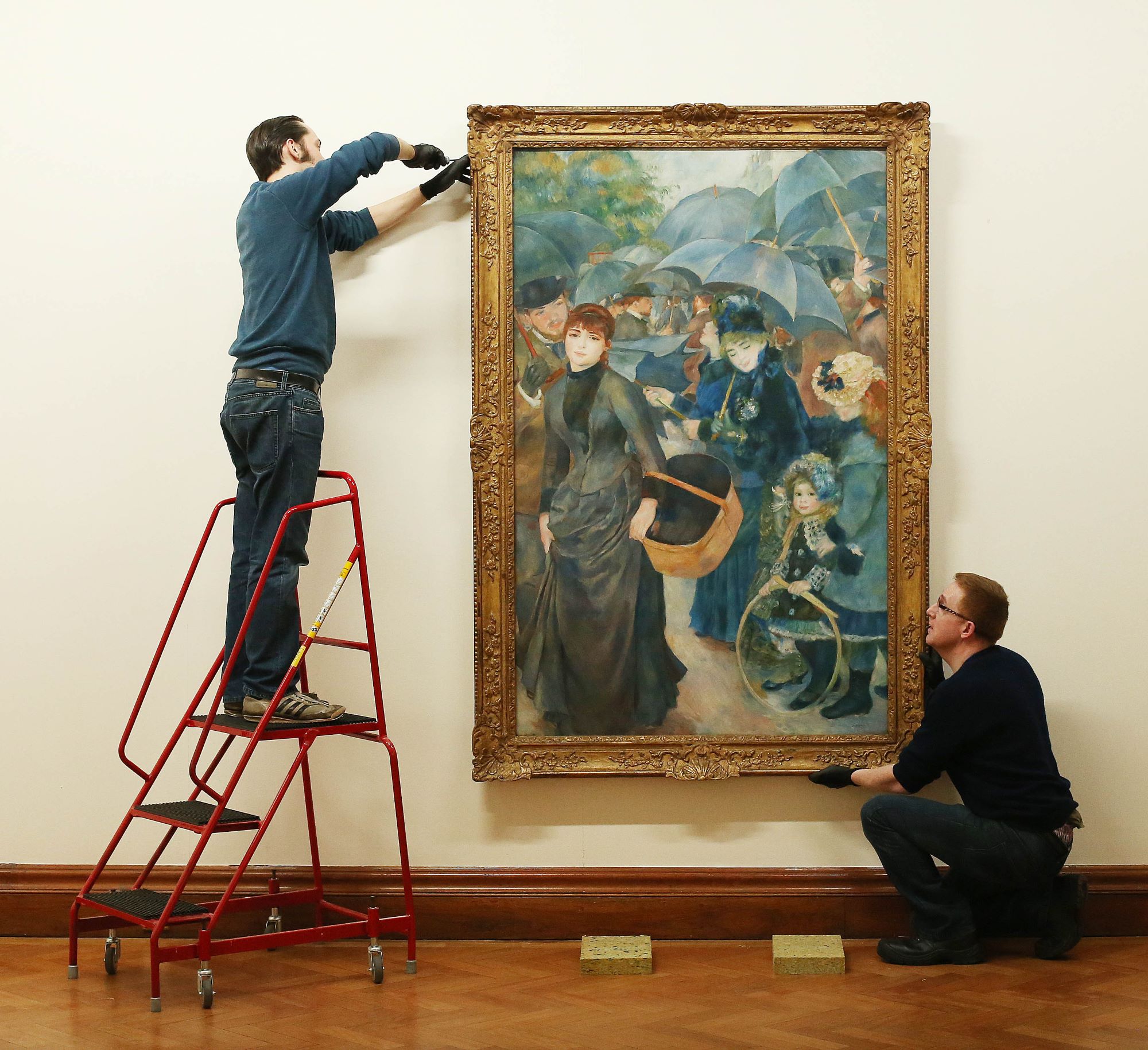
On October 30, the day before Brexit, the Hugh Lane gallery in Dublin will be hosting a public talk on Édouard Manet’s Music in the Tuileries Gardens, a painting that is traveling to Ireland from the National Gallery in London, where it lives.
The talk, at first glance, seems unremarkable and unconnected to the brewing turmoil in British politics. But the very fact that the work is traveling is an indication of secretive negotiations between the Dublin gallery and the National Gallery.
The pending deal, which is being hammered out with Brexit in the background, would renew an agreement from 1993 that finally settled the question of which institution owned the painting, along with a group of others left behind by collector Sir Hugh Lane.
At stake are 39 pictures that Lane bequeathed to the National Gallery before his ill-fated voyage to New York aboard the Lusitania, which was sunk by a German U-boat in 1915.
Lane’s signed but unwitnessed codicil to his will, which was discovered in his desk, left the same paintings to Dublin, on the condition the city build a gallery to house them. (Ironically, Lane was the director of the National Gallery of Ireland when he died, an institution he had richly endowed with Old Masters.)
Édouard Manet, Music in the Tuileries Gardens (1862). Wikipedia Commons.
Despite years of lobbying by Irish parties, the trove of paintings by Renoir, Manet, and Pissarro, among others, ultimately remained in London, and the works became a rallying point for nationalist Irish politics. The compromise that was eventually struck belatedly recognized Ireland’s moral claim to the works, but the National Gallery remained the legal owner.
But as part of the compromise, 31 of Lane’s paintings have been on long-term loan to the Hugh Lane gallery, while the cream of the collection—including Manet’s Music in the Tuileries Gardens—travels back and forth between Dublin and London every six years.
The formal agreement expires this year. Yet artnet News has learned that Manet’s painting, along with three masterpiece works by Degas, Monet, and Vuillard, are due to return to Dublin next month, signaling that an extension of the agreement is being finalized.
Meanwhile, four great Impressionist paintings are due to head back to the National Gallery after their extended stay in Dublin. They include some of the artists’ most famous works: Renoir’s The Umbrellas and Manet’s Portrait of Eva Gonzales, as well as paintings by Berthe Morisot, and Camille Pissarro.
Sarah Cecilia Harrison’s portrait of the art dealer Hugh Lane, who was the director of the National Gallery of Ireland when he drowned on the Lusitania in 1915. Wikipedia Common.
Such is the sensitivity surrounding the negotiations that any mention of the paintings in the Hugh Lane Bequest appears to have been redacted from recent minutes of the National Gallery’s trustees’ meetings.
Neither institution is willing to talk about how Brexit might have colored their desire to renew the deal and ensure the painting swap before October 31, the Brexit deadline. But they are certainly aware that, should Britain abruptly leave the European Union on Halloween, disruption at ports and airports is expected.
A spokesperson for the National Gallery will only confirm that the rotation will take place “in October.” The director of the Hugh Lane, Barbara Dawson, is only slightly more forthcoming, saying: “We hope to have news for you soon. In the meantime, the October rotation will go ahead as planned.”
(In 2013, Dawson described the arrival of Renoir’s The Umbrellas, along with the brief reunion of all of Hugh Lane’s paintings in Dublin, as “an exciting homecoming for these much loved masterpieces, which are part of the cultural history of modern Ireland.”)
A former director of the National Gallery, Charles Saumarez Smith, describes the previous resolution of the problems over Lane’s will as “a very sensible compromise.”
He says the Hugh Lane Bequest was “extraordinarily important in enriching the collection of the National Gallery at a time when the trustees were cautious in their acquisitions.”